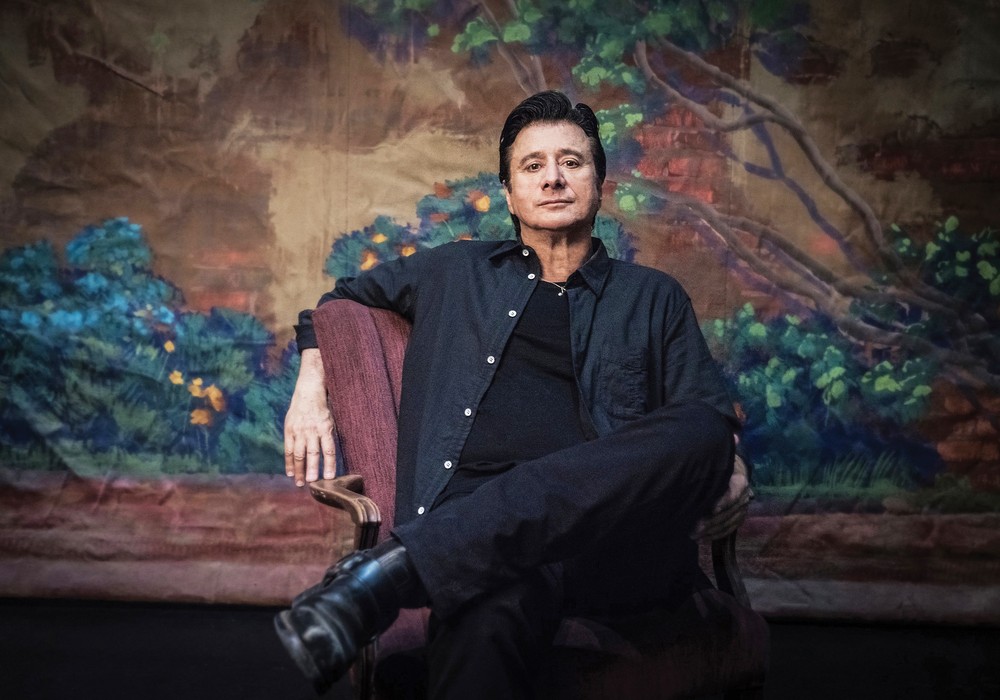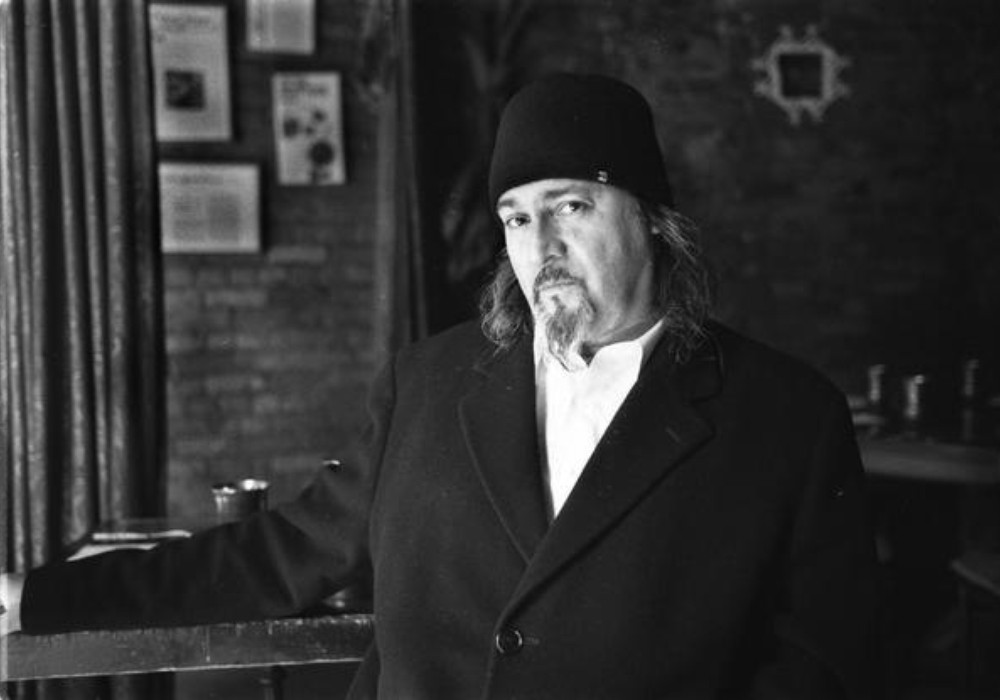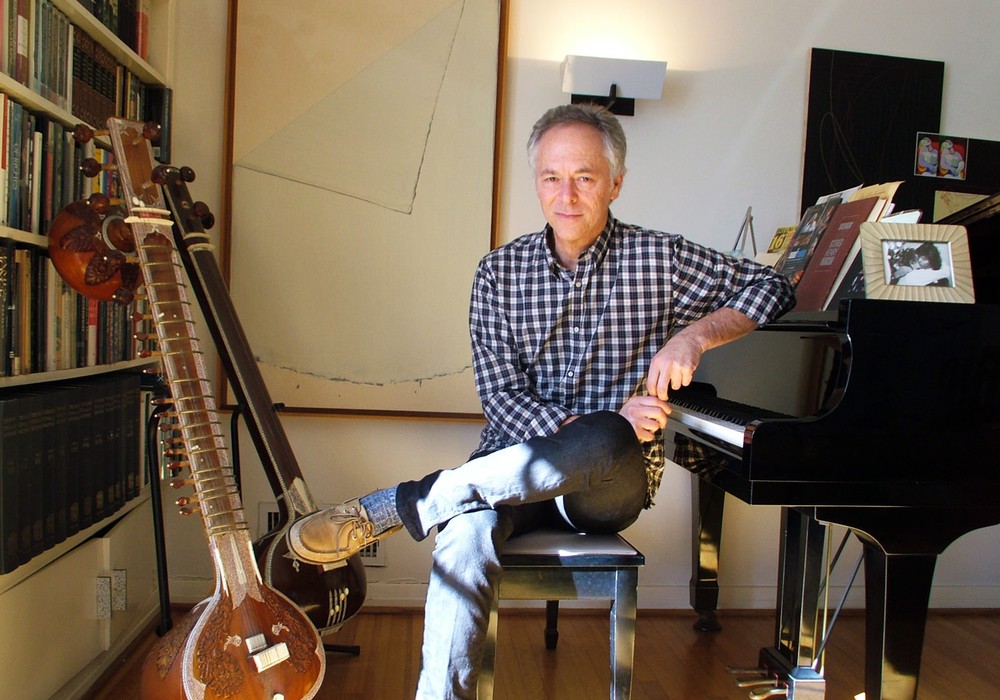For eighteen years, numerous albums, EPs, tribute tracks and even a four-CD box set of rarities, Jon Auer and Ken Stringfellow have shared a passion for creating recordings, as songwriters, producer/engineers and "side-men" since their high school friendship in Bellingham, WA. The Posies may (or may not) be known for their rock/pop/vocal harmony-driven songs and sound, but a deeper look finds these men very much engrossed in the process of making sounds happen on the recordings they have been a part of. I spoke with Jon and Ken and had them regale me with some stories from these years, as well as some of their "trade secrets".
How did your first album come about?
Jon Auer: We made Failure in my house that I lived in while I was in high school — my father's house. My father was a musician and into recording, and I was very fortunate that he had me as a child. He dropped a lot of coin at one point, buying [at that time] some serious home recording equipment. I think it was a Tapco C-12 board, and a Tascam 80-8 with the dbx cards. He also had a friend who was somewhat of a high-end dealer, who dealt gear out of his house. This was all pre-eBay and the whole Internet thing, so you'd have to find people who had the connections to actually physically acquire this stuff.
Kind of like a drug dealer.
JA: Exactly. So, I got hooked on [recording gear] really, really young. I was twelve or thirteen when I had an 8-track studio in my house. Then meeting Ken, he and I [would] work on all sorts of things together, basically just hang out in the studio and do our thing. Eventually, we came around to the concept of doing The Posies from just being really into pop songs and wanting to make a real pop record. We just said, "Fuck it. We're going to do it ourselves." I play drums well enough and we both could play bass and guitar, so Ken and I set about making the record. We did it in a very odd way — I actually did the drums to a click track, but there were no instruments playing. I don't know why we didn't lay down a scratch track of a guitar or vocal or anything, but I literally played all of the drum parts singing the songs and the arrangements in my head. Ken would [also] be singing along in the control room and he'd hit the talkback and say, "Okay, I think the bridge is coming here." It was a really minimal set-up. The Tapco C-12 is a great, cool sounding console, honestly. The preamps maybe were noisy, but they actually sounded pretty good. Beyond that, I actually had one of the first sidecars they made that was a companion to the C-12. It was an eight-channel sidecar that you connected with this cable in the back. That became the playback side. I'd use the rest for effects and for preamps for recording. I had some small JBL speakers — I can't remember what exactly. I had a Lexicon PCM 42, a [Yamaha] Rev 7. We mostly used one compressor, which was an old Symetrix — I think a 150 or a CL-150 — a fast RMS compressor. That was really the sound of the heavily compressed vocals on that record. I also had a pair of Electro-Voice — I think they were 4500s. They were the mono spring reverbs with the long and short spring in them. That's really the sound of that record.
Awesome.
JA: The other thing about that record is that we needed more than eight tracks. So, we did the thing of mixing the instruments down to two tracks. But the way I did it, I had a cassette deck that had dbx on it — a Pioneer cassette deck. Since we needed eight tracks and we didn't have room to leave two tracks open, I actually mixed all the instruments down to this cassette deck, put [that sub-mix] back on the 8- track, and then we did six tracks of vocals for songs, then mixed it back to that cassette deck again, and that's what the CD is made from.
Oh my god.
JA: It's made from a cassette master. There were no DAT machines. We had a 2-track Revox, but it was broken. The mixing of that record was what I thought would be the most daunting task, although since I had already done sub-mixes of all the instruments, I didn't have many options left as far as that. One night I just said, "Screw it" and I stayed up from midnight until six in the morning and mixed the whole record in six hours — and that was that. I handed...
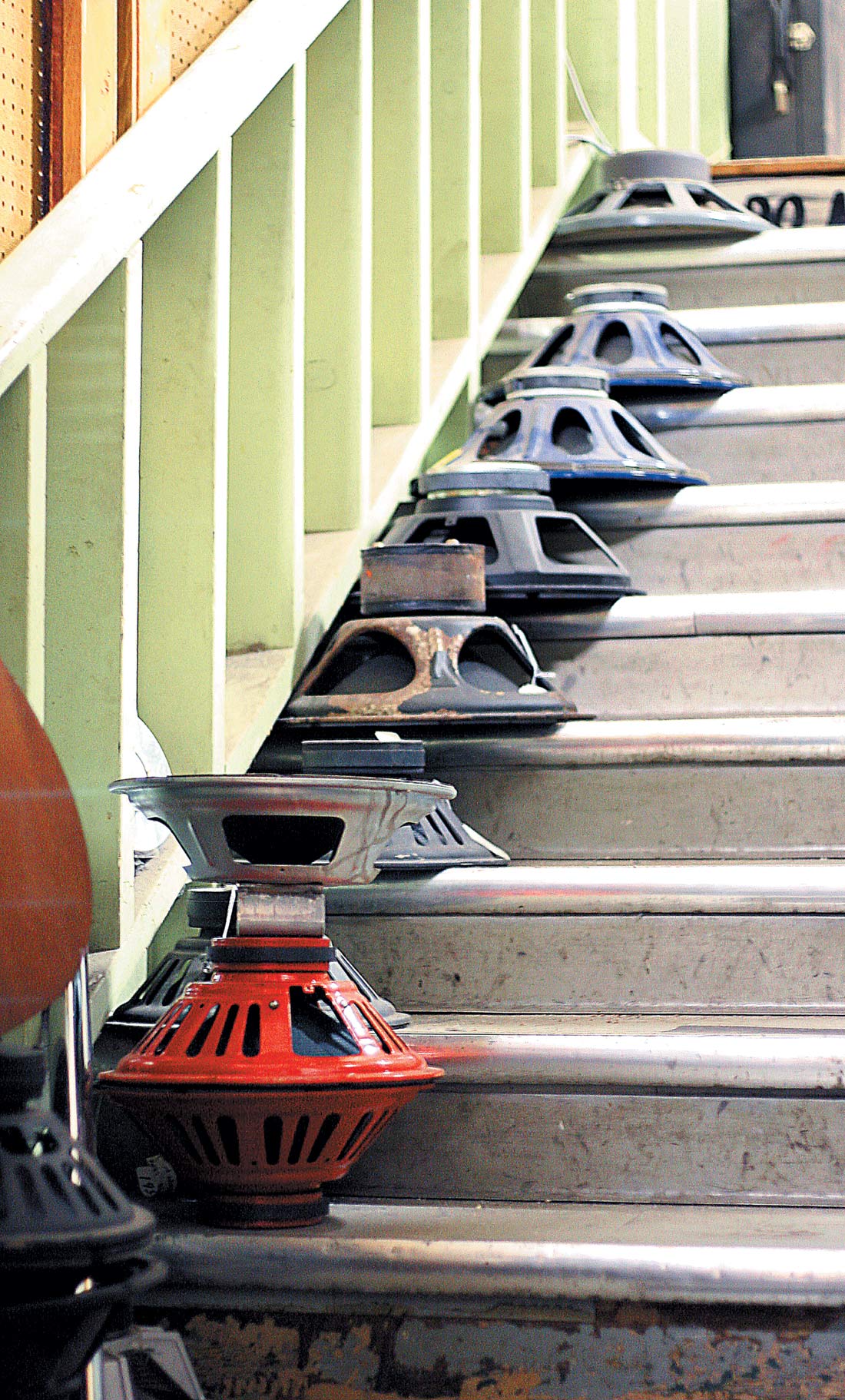

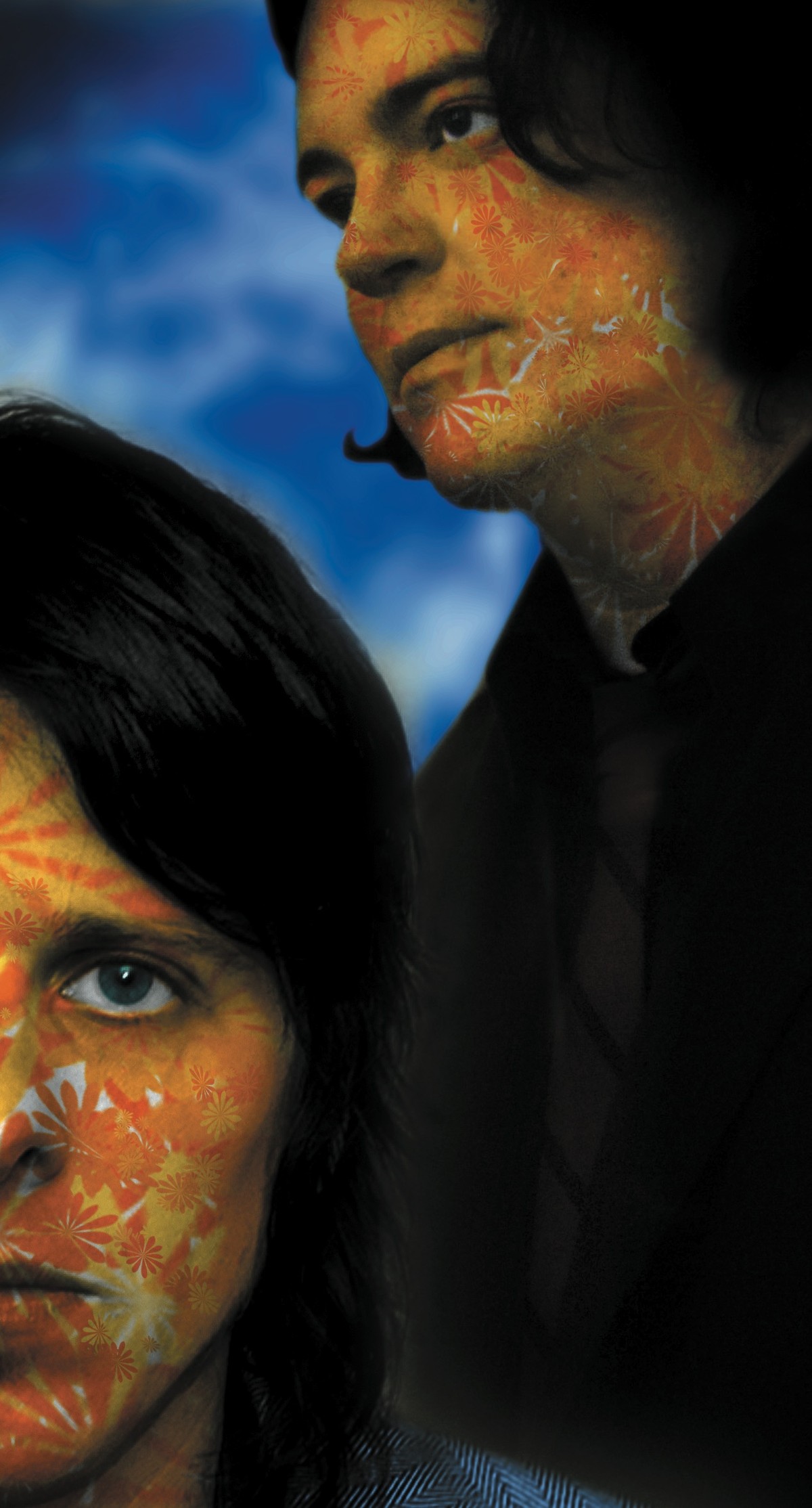
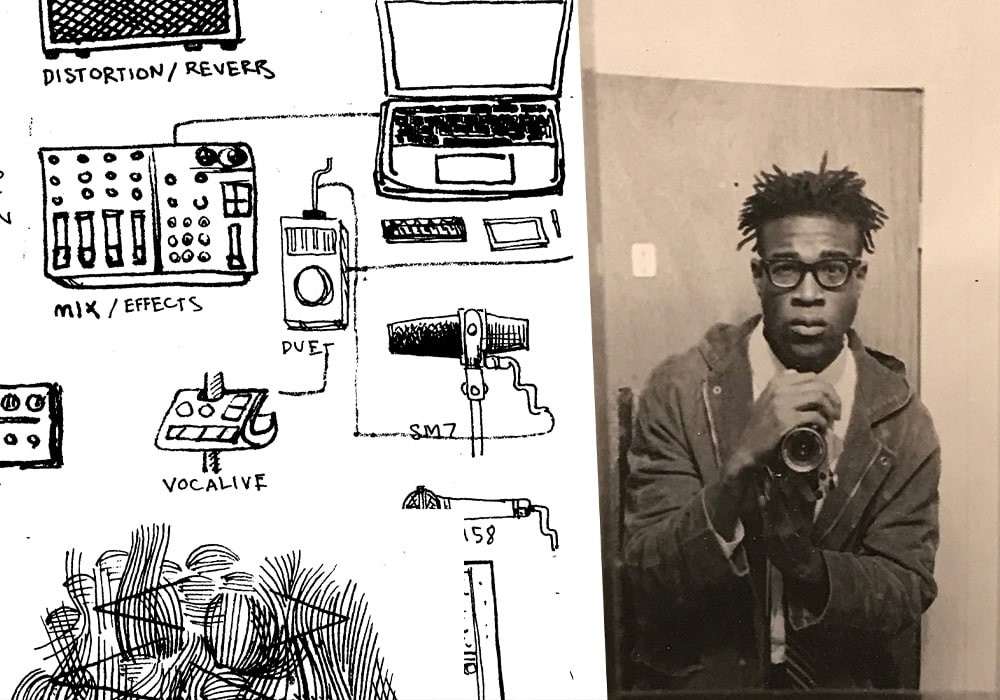
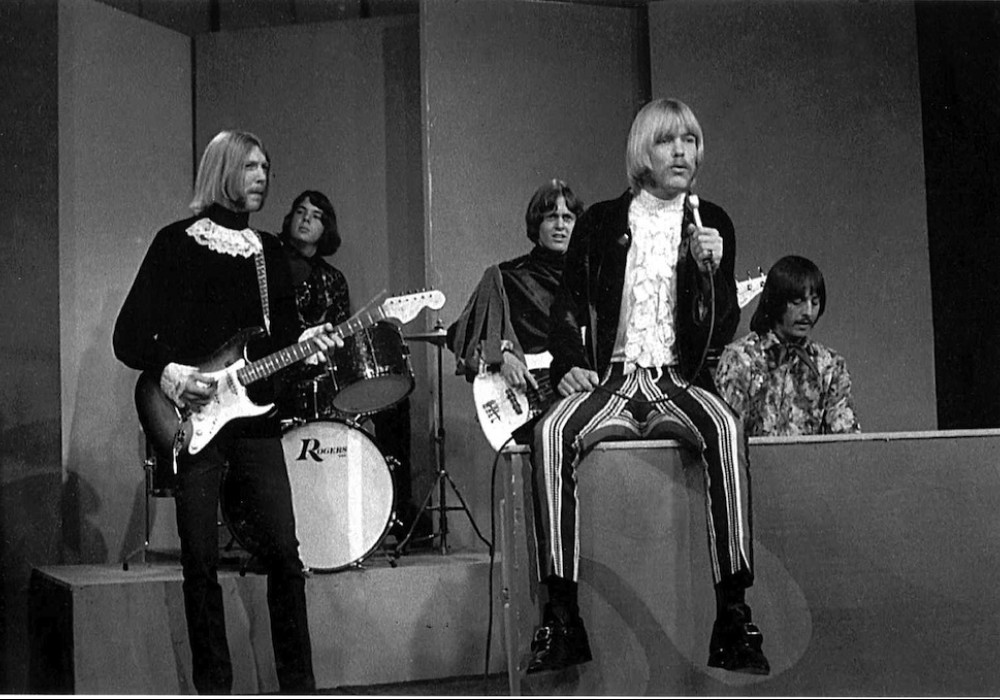
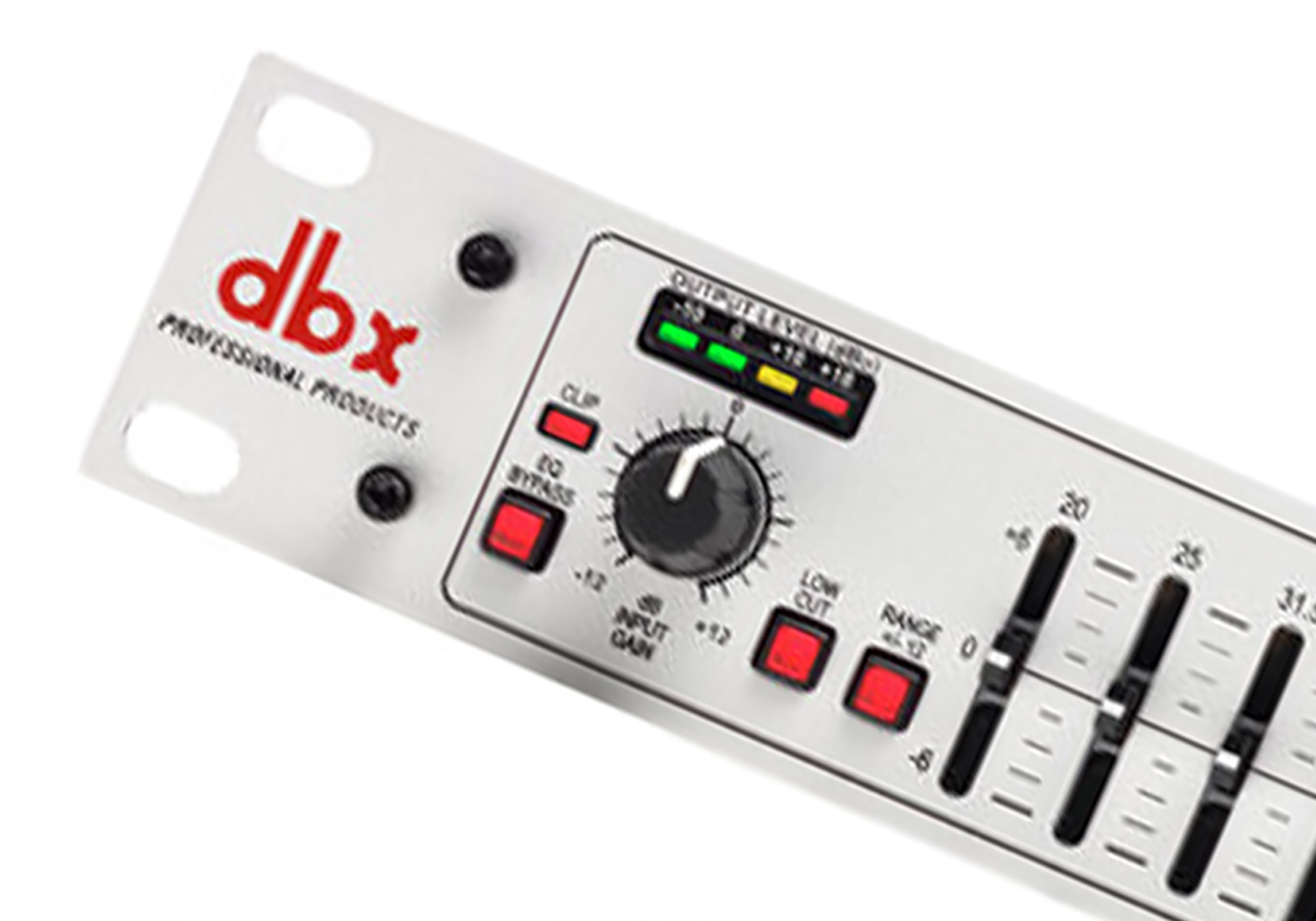
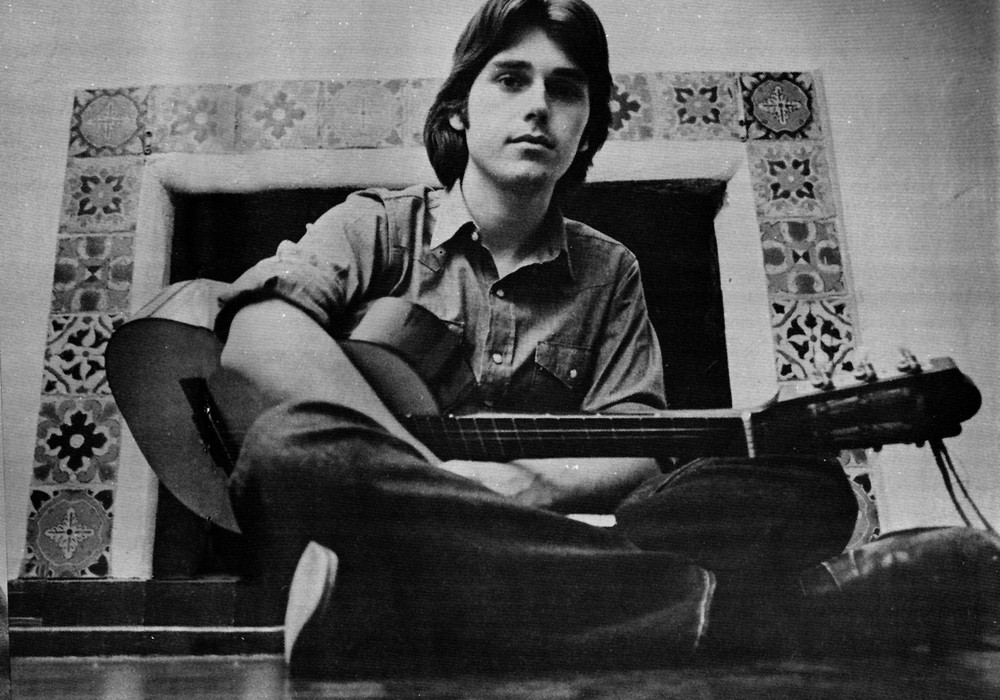
_display_horizontal.jpg)
